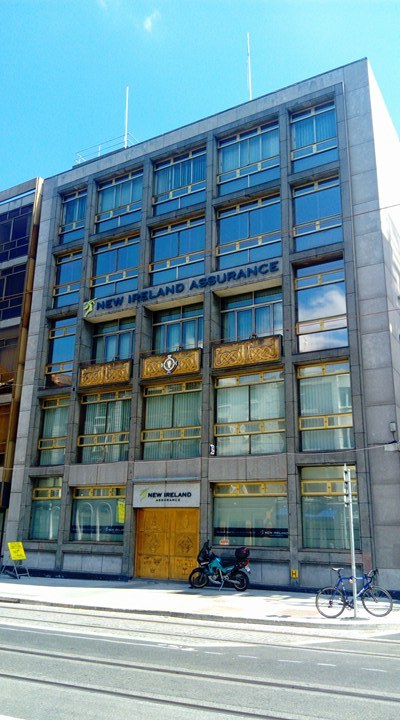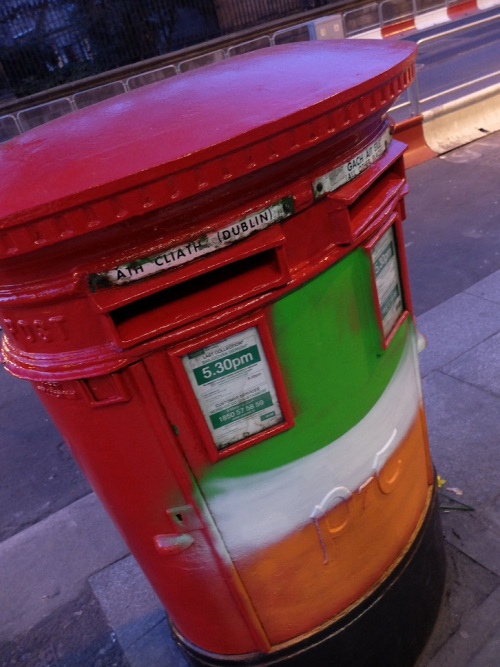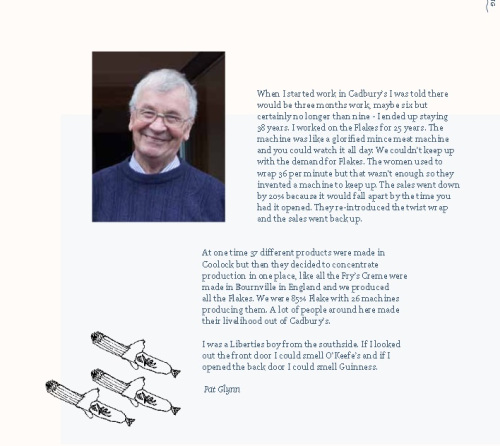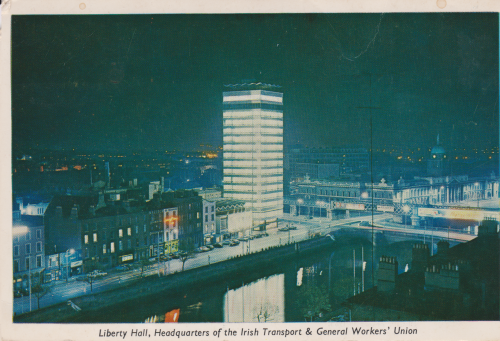
Hibernian Magazine, May 1782.
Reading Joe O’Shea’s excellent study Murder, Mutiny & Mayhem – The Blackest Hearted Villains From Irish History recently introduced me to Captain Luke Ryan, a character who is largely unheard of today, but whose story is entangled with that of Benjamin Franklin and the time of the struggle of the American Colonies for independence from Britain. A real, living, breathing pirate, Captain Ryan from Rusk was a Dubliner who risked life and limb harassing British ships and capturing their crews, first for commercial gain and then in the paid service of the Americans.
Born in Rush on 14 February 1750, Luke Ryan came to prominence for his involvement with the Black Prince, essentially an American privateer during the war with Britain which caused mayhem along the coasts of England and Ireland, and whose crew were denounced in the Irish press as little more than “renegade pirates”. Ryan’s life at sea had begun earlier, when the Black Prince sailed under the name Friendship, which smuggled “French brandy, Dutch tea, arms and other assorted materials between Dunkirk and Dublin.” The Friendship was once described in the Freeman’s Journal as sitting proudly along Sir John Rogerson’s Quay, “ready to sail, being completely armed and manned, carrying 14 carriage guns and 60 as brave hands as any in Europe”.
The Friendship became the Black Prince in the summer of 1779, sailing from Dunkirk and with an American Commission, as the Americans (spearheaded by Benjamin Franklin in Paris) sought means to harass the British at sea. As O’Shea has written:
The Black Prince went to work, sailing from Dunkirk in June 1779 and quickly snapping up eight British prizes which were sailed back to the French port of Morlaix. In July, Ryan and his ship captured a further thirteen British coastal trading vessels, which were stripped of their cargoes and then ransomed back to the English owners. A Waterford brig (a quick and highly-maneuverable ship with two square-rigged masts) called the Sally-Anne was one of eighteen vessels brought into the ports of Morlaix and Dunkirk after a particularly productive cruise to the waters off the South West coast of England.
Ryan and his men didn’t merely attack British ships – on occasion, they even attacked coastal towns and islands, which was widely reported in Ireland where he became a hate figure to panicked Loyalists. The Freemans Journal told their readers in 1780 that “Luke Ryan, Commander, landed at Stornaway, in the island of Lewis, and after plundering the town, carried off the principal inhabitants as hostages”. The man from Rush was captured in time, attempting to convince the courts he was French, before a series of witnesses that included numerous relatives gave the game away.
The story of Ryan’s life, which would take a few more dramatic turns, is well told by Joe O’Shea in three parts on his blog, as well as by Eugene Coyle in History Ireland.
Like this:
Like Loading...

















 Click on the book for more.
Click on the book for more.


